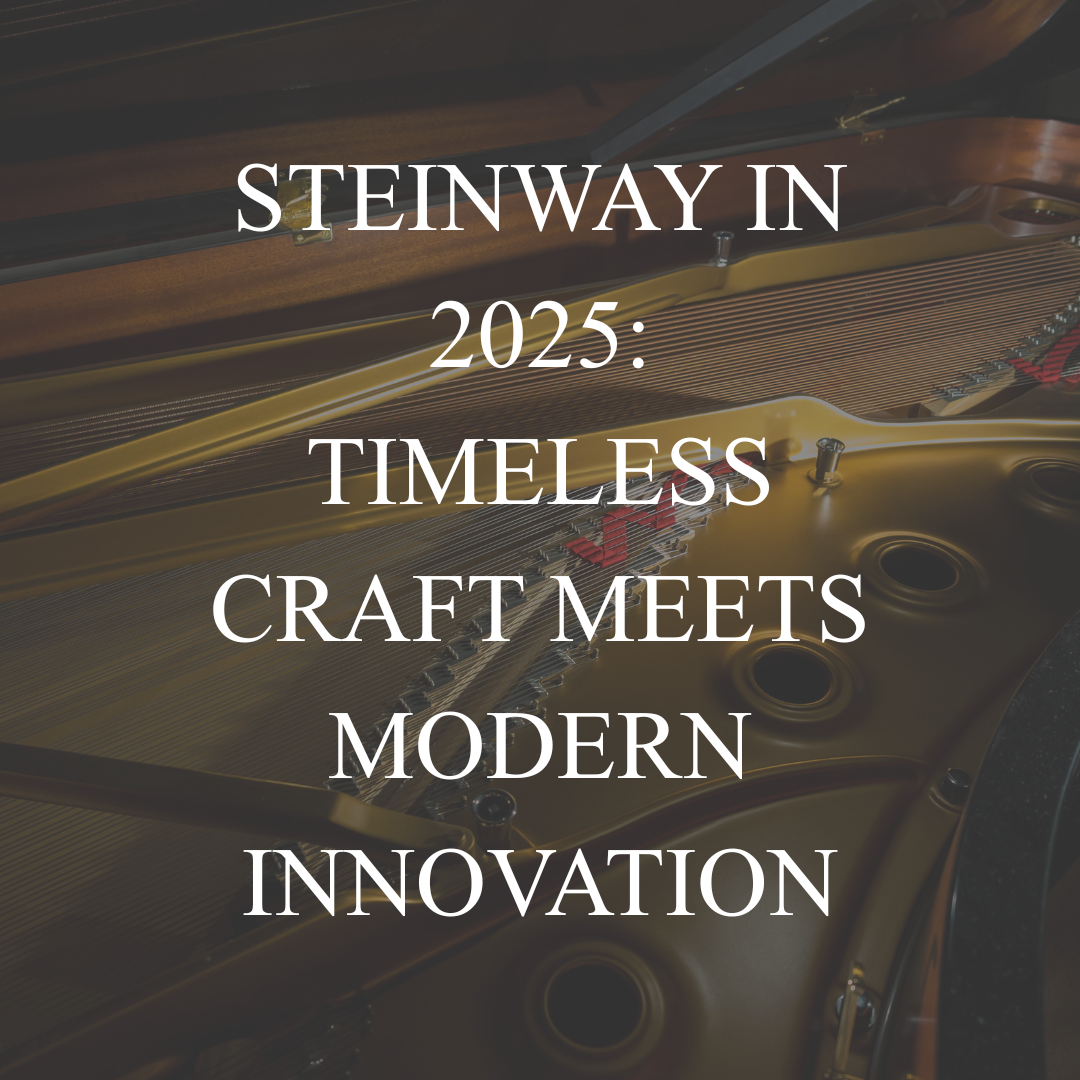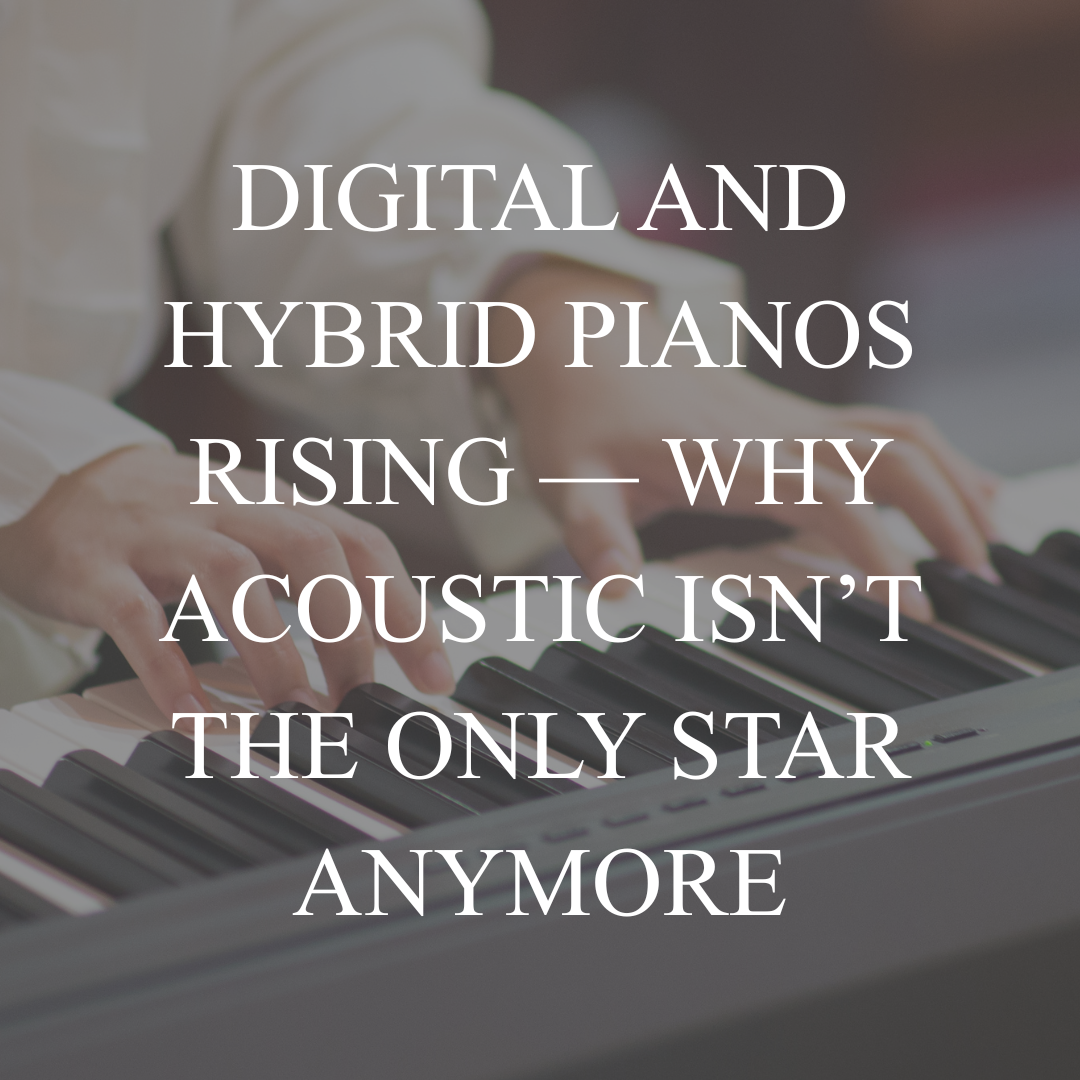
Your piano should be your faithful companion, striking the right notes and eliciting the perfect sound for every performance. However, if you begin to notice a persistent sourness in the sound or the notes feel “off” despite frequent tunings, it might be a sign that your piano has aged out of its prime. Old, worn-out strings and hammers can lead to deteriorating sound quality, which no amount of tuning can fully rectify.
A piano’s exterior can tell tales of its inner health. Look out for visible cracks in the wood, chipped keys, and a sagging keyboard. These are signs of extensive use and aging. If the keys feel sticky or unresponsive, it could indicate internal mechanisms that are beyond repair. Remember, while some cosmetic damages can be fixed, structural and mechanical issues often point towards the need for an upgrade.
A piano should be able to express a wide range of dynamics, from the softest pianissimo to the most powerful fortissimo. If your piano struggles with this, producing a limited and inconsistent sound, it might be time to consider a new instrument. Modern pianos come equipped with advanced technologies and materials that provide richer tones and better dynamic control.
If you find yourself calling the piano technician more often than you’re playing, it’s a clear sign that your piano’s days are numbered. Repeated repairs and tuning sessions can add up, making it more economical to invest in a new piano rather than continuously fixing an old one.
Your needs as a pianist might evolve over time. Perhaps you started with a beginner’s piano, but now require a more advanced instrument to match your growing skills. Upgrading to a piano with better action, superior sound quality, and additional features can greatly enhance your playing experience and support your musical growth.
Technology has made significant strides in the world of pianos. Modern digital pianos offer features such as recording capabilities, connectivity options, and a variety of sound profiles that traditional pianos cannot match. If you’re looking to integrate technology into your music-making process, upgrading to a new digital piano could open up a world of possibilities.
Recognizing when it’s time to upgrade to a new piano is crucial for any pianist. Whether it’s the deteriorating sound, physical wear, limited dynamics, or evolving needs, these signs are your cues to explore the beautiful world of new pianos. Embrace the opportunity to find an instrument that not only meets but enhances your musical aspirations.
Comments will be approved before showing up.

Every four years, Warsaw becomes the luminous heart of the classical piano world. The International Chopin Competition is more than a contest — it’s a global ritual of artistry and endurance. For pianists, it is the Mount Everest of performance; for listeners, it is two weeks of breathtaking musical devotion.
But while the audience follows the fate of each pianist, another drama unfolds behind the music — a quieter rivalry that has nothing to do with interpretation or emotion, and everything to do with sound.
Because in Warsaw, the pianists are not the only ones competing. The pianos themselves are.

For more than a century, Steinway & Sons has defined what it means to build a truly exceptional piano. But in 2025, the brand isn’t just honoring tradition — it’s evolving. At Northwest Pianos, we continue to see how Steinway’s balance of craftsmanship and technology keeps it ahead of the curve in a fast-changing industry.

Over the last few years, acoustic pianos have held the prestige. But the tide is shifting. More musicians, educators, and beginners are turning to digital and hybrid models for their flexibility, technological perks, and lower maintenance demands. According to industry reports, the global piano market is now incorporating “smart integration” and “compact designs” as key drivers for growth. The Business Research Company+2PR Newswire+2